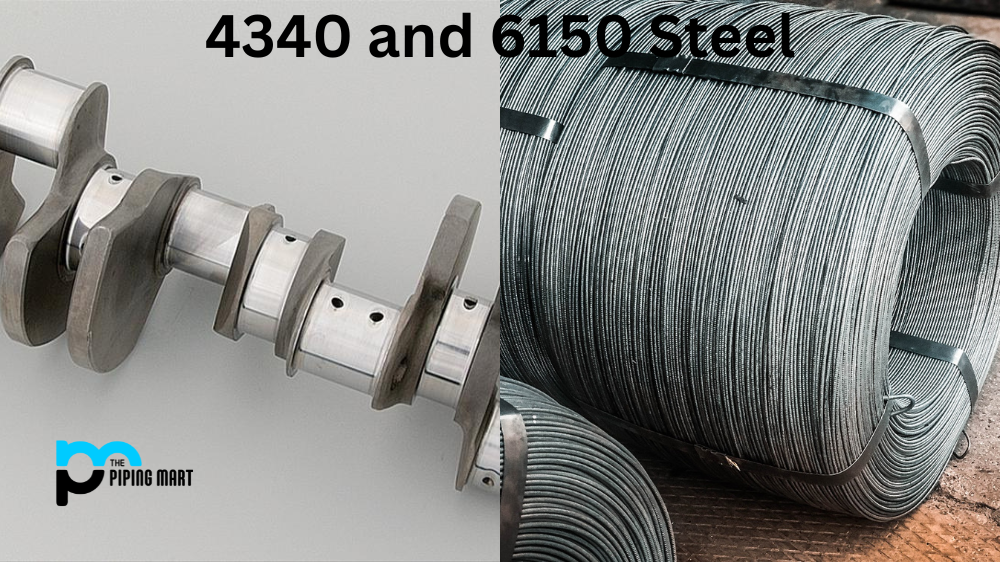Steel is used in various applications, from tools to construction materials. But it’s not just any steel that makes these items as durable as they are—the process of hardening and tempering makes strong steel even stronger. So, what is the difference between hardening and tempering steel? Let’s find out.
Hardening Steel
The hardening process involves heating steel until it reaches a critical temperature (known as the “austenite point”) and then rapidly cooling it in water or oil. This rapid cooling causes the molecules within the steel to form a rigid structure, making it much harder than its original state. The downside to this process is that while it makes the steel more resistant to wear, it is also more brittle and prone to cracking if put under too much stress. Hardened steel can be very useful for saw blades, drills, and other tools that need to retain their sharpness over time without becoming too soft or losing their shape.
Tempering Steel
The tempering process involves heating hardened steel until it reaches an intermediate temperature (known as the “martensite point”), then allowing it to cool slowly in the air or other media such as oil or brine. This slow cooling causes the molecules within the steel to rearrange themselves into a less rigid structure which gives them some flexibility instead of being utterly brittle like hardened steel can be. Tempered steel is much tougher than hardened steel and can withstand more strain before breaking, making it ideal for use in car springs, hammers, axes, and other items that need some flexibility but still need to maintain their strength over time.
Difference Between Hardening and Tempering Steel
Properties
The main difference between hardening and tempering steel is in the properties imparted to the metal. Hardening steel will increase the hardness of the metal while tempering steel will increase the toughness of the metal.
Process
Another difference between hardening and tempering steel is the process used to achieve each result. Hardening steel involves heating the metal to a high temperature and cooling it rapidly while tempering steel involves heating the metal to a high temperature and then cooling it slowly.
Applications
The final difference between hardening and tempering steel is in their respective applications. Hardened steel is typically used for cutting tools and other applications where hardness is desirable, while tempered steel is typically used for springs and other applications where toughness is desired.
Conclusion:
Both hardening and tempering are essential for making robust and durable metal products. While hardening makes metal tougher but more brittle, tempering makes metal tougher but with greater flexibility so that it won’t break when put under strain. Overall, understanding how these two processes work together will help you better understand why certain products are made with either or both processes applied to them to ensure they last longer while still providing an optimal level of performance. Whether you’re looking for something tough yet flexible or something tough yet brittle, knowing how hardening and tempering work will help you find just what you need!

A passionate metal industry expert and blogger. With over 5 years of experience in the field, Palak brings a wealth of knowledge and insight to her writing. Whether discussing the latest trends in the metal industry or sharing tips, she is dedicated to helping others succeed in the metal industry.




